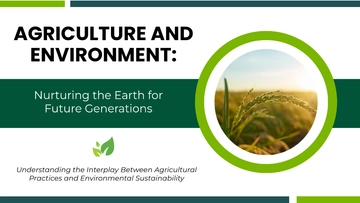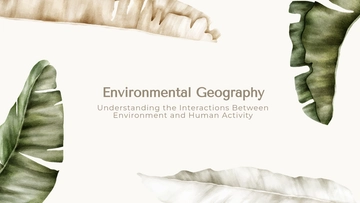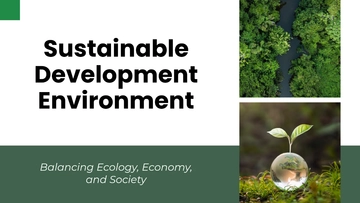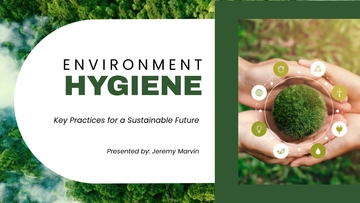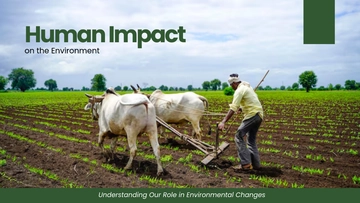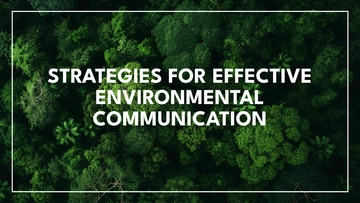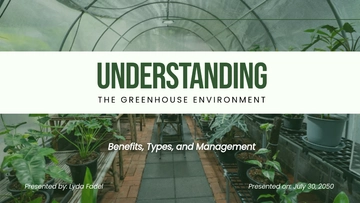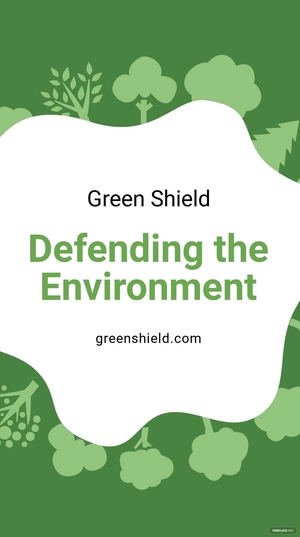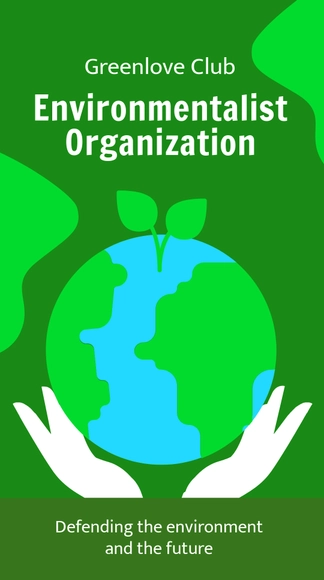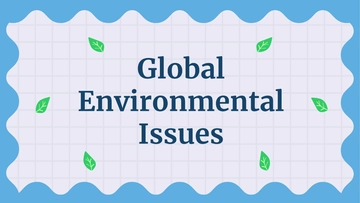Free Environmental Methodology

Prepared By: [Your Name]
Organization Name: [Your Company Name]
1. Introduction
When expanding an industrial facility, understanding and managing environmental impacts is crucial. This methodology provides a structured approach to evaluate and address the effects on air quality, water resources, soil quality, and biodiversity. It aims to ensure that expansion projects are sustainable, protecting the environment and promoting responsible development.
2. Scope and Objectives
2.1 Scope
This methodology focuses on several key areas:
Air Quality: Examines emissions and their effects on local air quality.
Water Resources: Assesses changes in water usage and potential contamination risks.
Soil Quality: Investigates soil contamination and degradation risks.
Biodiversity: Evaluates potential impacts on local ecosystems and species.
2.2 Objectives
The methodology is designed to:
Provide a comprehensive framework for assessing environmental impacts.
Collect and analyze relevant data to guide decision-making.
Develop effective strategies to mitigate identified environmental risks.
3. Methodological Framework
3.1 Data Collection and Analysis
Air Quality: We install monitoring stations to continuously measure pollutants like NOx, SO2, and particulate matter. This provides real-time insights into the impact of facility expansion on local air quality, ensuring compliance with air standards.
Water Resources: Water samples are collected from local rivers and groundwater wells. These samples are tested for heavy metals and nitrates to detect potential contamination early, protecting water quality and aquatic life.
Soil Quality: Soil samples are taken from various depths and locations to evaluate contamination and erosion risks. This analysis helps us understand how the expansion might affect soil stability and health.
Biodiversity: Biodiversity surveys catalog local plants and animals, assessing how the expansion could impact nearby habitats. This helps gauge the ecological significance and potential effects on wildlife.
Data Analysis: We use advanced modeling software to predict pollutant dispersion and check compliance with air quality standards. Water quality results are compared to environmental guidelines, soil analysis focuses on contamination and erosion, and biodiversity models evaluate potential impacts on local species.
3.2 Impact Assessment
The Environmental Impact Assessment (EIA) process begins with screening to determine if an EIA is necessary based on the project's scale and potential environmental sensitivity. Following this, scoping identifies key issues, such as emissions and habitat disruption.
The impact analysis is where we dive deep into the potential effects of the expansion. For air quality, we model and assess pollutant increases to ensure they comply with standards. For water resources, we evaluate potential contamination and its effects on aquatic life. Soil quality analysis looks at contamination and erosion risks, while biodiversity assessments evaluate potential disruptions to local species and habitats.
Case Study: Hypothetical Facility Expansion
Consider a hypothetical industrial facility expansion in Riverside County. Here’s a glimpse of potential impacts:
Air Quality: New machinery might increase NOx and SO2 emissions.
Water Resources: The expansion could lead to higher water usage and potential runoff affecting nearby rivers.
Soil Quality: Risks include soil contamination from chemical spills and increased erosion.
Biodiversity: Potential habitat disruption could affect local wildlife and plant species.
3.3 Sustainability Assessment
Sustainability Reporting
Data Collection: Gather data on resource consumption, emissions, and waste generation from the facility.
Performance Metrics: Analyze key indicators such as energy efficiency, waste recycling rates, and emissions reductions.
Reporting: Prepare a sustainability report detailing environmental performance and goals. Include strategies for improving sustainability.
3.4 Mitigation Planning
Effective mitigation is key to minimizing environmental impacts. For air quality, we recommend investing in advanced filtration systems and optimizing processes to reduce emissions. Water resources can be managed through state-of-the-art wastewater treatment technologies and conservation measures. Soil quality can be protected with containment systems and erosion control measures. Biodiversity can be supported by restoring disrupted habitats and collaborating with conservation organizations.
4. Recommendations and Mitigation Measures
To enhance environmental performance:
Implement best practices in environmental management.
Engage with local communities and stakeholders throughout the project.
Regularly review and adjust strategies based on performance data.
Effective mitigation involves adopting technological solutions, developing robust policies, and providing staff with training on environmental best practices.
5. Conclusion
By following this Environmental Methodology, facilities can manage the impacts of their expansions effectively, ensuring sustainability and regulatory compliance. This approach helps protect the environment and supports responsible development.
6. References
Local environmental regulations and guidelines.
Scientific studies on industrial emissions and environmental impacts.
Industry standards from the Environmental Protection Agency (EPA) and other relevant organizations.
- 100% Customizable, free editor
- Access 1 Million+ Templates, photo’s & graphics
- Download or share as a template
- Click and replace photos, graphics, text, backgrounds
- Resize, crop, AI write & more
- Access advanced editor
The Environmental Methodology Template from Template.net is an editable and customizable tool designed to guide your environmental research process. Ideal for professionals and researchers, this template provides a structured format for outlining research methods, data collection, and analysis techniques. Easily tailor each section to fit the specific needs of your study, ensuring a comprehensive and effective approach to environmental research that aligns with your project goals.


